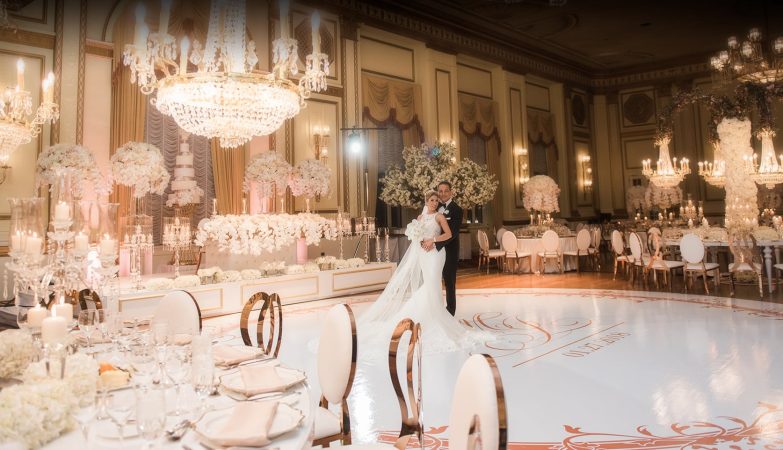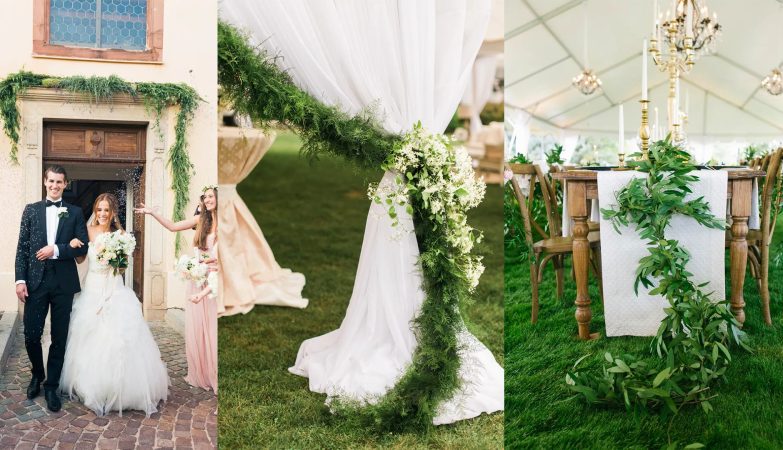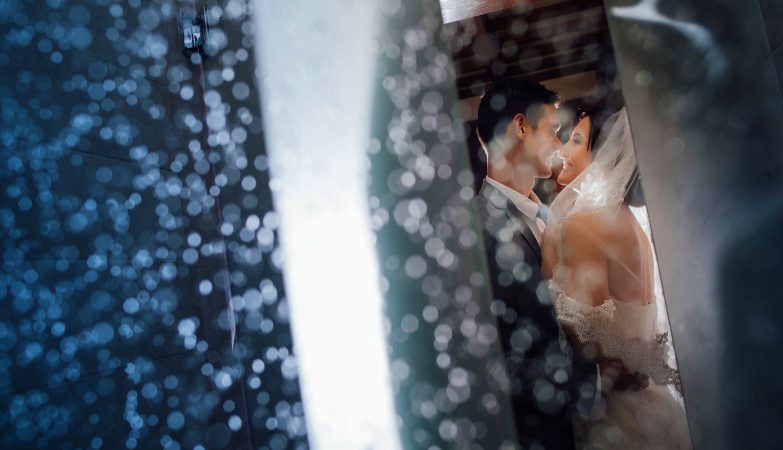
Portraiture is a broad and satisfying photographic genre. There are several approaches to generating visually interesting photographs, but one of the most fulfilling is to make expressive portraiture. Capturing your subjects displaying emotion (whether good or bad) not only lets you offer your audience a more human side of your subject, but it can also help generate fascinating and captivating photography. This post will provide you with 10 strategies to help you produce expressive portraits. Some of these suggestions are technical in nature, but the majority of them, somewhat appropriately, centre on how you engage with your subjects.
Pay Attention To The Gesture
When capturing emotion, think about what information you need to include in your frame. Crop in close on the head if your person is smiling and remove any other information. The area in your frame is essential, and you want to make sure your message is apparent. Unnecessary information (such as elements in the backdrop or body parts that are not engaged in the motion) detracts from the image’s emphasis.
By cropping in closer, the composition focuses on the gesture of the expression, with nothing to distract from it.
However, pay close attention to your subject’s body language. Include their arms in your frame if they are gesticulating with their arms as part of the emotion. This will help complete the expression.
Maintain The Lighting Simple
When attempting to convey emotion, basic lighting approaches work effectively. Most of the time, you just need one light and a reflector.
In expressive portraiture, like in many other areas of life, less is absolutely more. You can manage how much information is in the picture by keeping your lighting basic. This, like the previous step, is about directing your audience’s attention where you want it to be.
The lighting pattern you pick will most likely be determined by the feeling you want to communicate. Butterfly lighting is a good choice for bright, cheerful sentiments. You should also use a lot of fill light.For deeper emotions, such as despair, more dramatic lighting, such as that given by short lighting, is a terrific technique that creates numerous shadows and may add a lot of atmosphere to your photographs.
Clear Communication
Before you begin shooting, make it clear to your subject what you expect from them. Show them examples if necessary.
If you are arranging your photo session rather than capturing candids, you will need to communicate your goals to your subject very clearly. Avoid ambiguity by being explicit. If you tell someone to smile, you may receive that generic smile that everyone offers a camera. Instead of cheerful, try something like, “I’m searching for real manifestations of delight.” “I’d want you to believe you’ve just gotten a new dog.” This kind of stuff works really well since you nearly always elicit a genuine feeling from someone.
If the puppy doesn’t work, feel free to replace anything else. It doesn’t matter whether it’s a kitten, a baby, a chinchilla, or a motorbike, as long as it works.
Genuine Relationship
When you have a solid relationship with your subject, you will typically get more nuanced and real emotions.
To elicit the greatest and most real responses from your respondents, you must establish a true connection with them. Allow them to talk about themselves, show them the back of the camera, make appropriate jokes, and engage in light-hearted dialogue (if warranted; not everyone appreciates it).
Also, try to make the session as pleasant and stress-free as possible. You, as the photographer, may be concerned with the lighting and other technical aspects, but I believe it is critical that you retain your concentration on your job and your subject’s attention on their role.
Make Your Subject A Performer
Instructing your participants to act out different situations might provide you with a variety of photographs from which to choose the most natural and memorable.
Telling your subject to act rather than pose is one method for eliciting excellent emotions. People react differently when they see still images versus video. If you suggest that they approach the session and the situations you provide them as if they were shooting or performing on stage, you may get far more genuine reactions. Better still, hire a professional actor if you want the greatest outcomes for your project.
Staring Off Into The Distance
Having your subject look away from the camera is a simple way to add emotion to your images.
Making sure your subject isn’t staring straight at the camera is one of the easiest methods to communicate genuine emotion. Instead, choose a point for them to focus on and guide them there. It doesn’t matter where you choose as long as you can capture and properly portray the mood you’re chasing.
This is especially good for more solemn feelings. Sadness, desire, and introspection are all easier to convey when your subject is staring off into the distance. This isn’t a rule, so unless the circumstance calls for it, don’t fire every single shot this way.
Permit Ridiculous Behavior
Tell your subjects that they are free to be as silly as they want. It may help them relax and behave more naturally afterwards. Sure, there will be useless frames, but you may strike gold.
Many individuals (even those with much expertise) are stiff in front of a camera. Inform them that they may behave ridiculously. Furthermore, urge them to be as absurd and exaggerated as possible. This will help them relax and will also brighten the ambiance of the session. Making your subjects make goofy expressions is a great way to break up the seriousness of a photograph.
Another tactic I sometimes use (it does not work on everyone) is to have someone fill their cheeks with air and then blow out as forcefully as they can. If they’re open to it, they nearly always burst out laughing.
Have A Set Of Techniques For Eliciting Reactions
The effects of blurring out random phrases and capturing the responses may be amazing. There are several methods for eliciting emotions from others. My favourite is to say strange phrases and capture people’s responses. Simply utter a new word between frames to do this. It may be an alpaca, cheeseburger, dunce hat, or huge mushroom. Feel free to change your language depending on who you’re dealing with.
Again, it does not work for everyone, and you may need to try a different strategy.
You may always show them some hilarious photographs or memes on your phone if you know your topic well enough. Just make sure that anything you show them suits their sense of humour, or else the remainder of the shoot will be ruined.
Provide Food For Thought
Give your subject a particular situation to consider for a few frames. This works effectively regardless of whether you want them to appear joyful or sad.
You may offer your topic a particular item to ponder instead of a string of random phrases. This works well for a wide range of emotions, whether joyful or sad. I just worked with an actor who taught me the phrase “Imagine a badger eating pasta.” I don’t believe there’s anything better at making people laugh.
From experience, I recommend avoiding being overly detailed with sad feelings. If you say something like, “Imagine the loss of a pet,” and they have just lost one, it will not go over well.
Instead, urge them to assume they are grieving and to think about whatever comes to mind. Remember that while attempting to capture unpleasant feelings, you will most likely have no clue what is going on in your subject’s life. While you want to capture a feeling, putting your subject through extra emotional distress is typically not a good idea. Please strive to be respectful of it as well as the individuals with whom you work.
There are many excellent picture projects that exist to chronicle people’s most honest feelings. If that’s your objective, I’m not saying “don’t do it.” However, make your aims clear to your subjects and ask them if there is anything they would prefer you not discuss.
Outtakes
Don’t forget to browse over your outtakes from each shot. They are often the most spontaneous and natural of all photographs.
Outtakes are often regarded as a fun bonus during a routine photo session. However, while making evocative portraits, the outtakes may include the most real emotions. Don’t forget to go over the photographs after you’ve got them on the computer. You might discover that a chance outtake provided you with exactly what you were looking for.
Conclusion
Getting your subjects to respond the way you want them to and then conveying those feelings successfully in your images may be difficult at times. With these 10 suggestions, you should have a few additional tools to help you through the process. However, these are just a few of the ways that they may be used, and there are many more.






